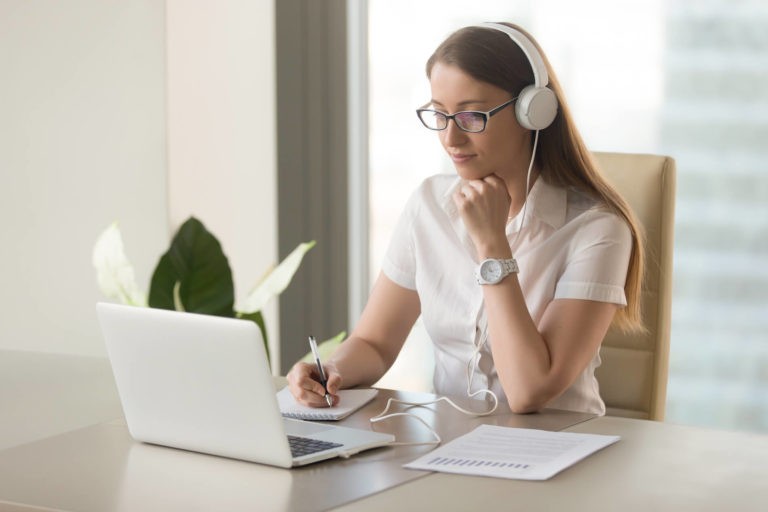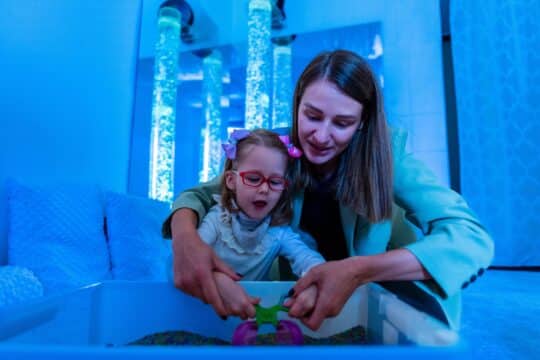What is a Personal Learning Network?
PLN is short for Personal Learning Network. The definition of a PLN is broad, but the consistent meaning of a PLN is that it involves a network or group of trusted participants that interact and learn from each other on a regular basis. A PLN is a place to communicate with others, share resources, create, and share/collect new information. PLNs can take place in different locations such as in person or through social media applications (Twitter, Skype, Face Time, Facebook, LinkedIn, blogs, instagram, Zoom, and more).
PLNs differ from professional development in that they continue to take place for long periods of time, sometimes months, even years. PLN members are also considered professional members. In PLN groups, members can get professional advice and feedback from individuals that are not directly involved in one’s professional life. While PLNs have been around a long time, they are recently taking on a new look as social media and networking is changing the way people connect. Social media and technology removes barriers to collaboration.
What are the Benefits of PLNs?
The benefits of professional learning networks are many. Many teachers in rural school districts only have access to those they work closely with, as neighboring schools are a significant distance away. This can create a feeling of professional isolation and a lack of professional collaboration. PLNs can provide support to those in need of professional collaboration. An online community of educators that come together to share ideas, resources, plans, and strategies can be very beneficial to educators, especially those in rural communities. PLNs for those in rural areas provide support that teachers in more urban settings have access to.
Additionally, PLNs help educators build relationships with peers in which they can discuss and discover best practices in teaching. PLNs can serve as a place to share experiences and to develop a sense of community. Participation in PLNs not only helps build community, it also encourages educators to embrace change. For many teachers, change can be scary, but it is important to learn new technology that will be beneficial to today’s students. Building a network of professional relationships with other educators can help teachers expand their technological knowledge, pushing them to learn how different applications and online programs and tools can help students be successful in the 21st Century.
Furthermore, PLNs allow teachers to have access to a broader range of tools and resources. Teachers often don’t have time to create new material. PLNs allow educators to share ideas and strategies so that new teachers don’t have to reinvent the wheel. PLNs give educators access to unlimited resources that are easily accessible. With online tools such as Google Docs, using someone else’s materials can be as easy as making a copy of a teaching document and tailoring that document to fit the needs of that teacher.
How to Create a Personal Learning Network
It’s clear that PLNs can be very beneficial to educators, especially today during a national pandemic when many schools are participating in virtual learning and teachers are exploring how to utilize virtual educational time. So, how does one go about creating a PLN? There are many ways to get started. Here’s what educators can do:
- Start a Twitter account that focuses on education and follow other educators
- Find educational blogs to read, comment on, and share with others
- Join educational groups on Facebook
- Follow educational accounts on Instagram
- Participate in education groups on LinkedIn
- Join an online community such as, Classroom 2.0 or The Educator’s PLN
- Create a landing page where you can house links to your PLN sites and resources (Symbaloo is great for this)
Building a PLN takes three important steps. First, one must seek out professionals. This process begins by connecting with other educators through educational organizations and groups. Published authors and researchers are also great go-tos. Following them on social media or reading their blogs can be very beneficial.
Secondly, teachers must find the “fit” in a professional learning network, meaning that educators will need to figure out what they want or need to learn more about. This could be grade level or subject specific.
Thirdly, find professional learning network “mentors”. These mentors would be individuals you respect professionally and who you trust to connect you to the proper professional networking groups. These folks may be individuals that you feel comfortable communicating more frequently and closely with.
If you are new to professional networking, the hardest part is making the first step. Going outside of your comfort zone often results in increasing your teaching capacity. Participating in learning communities is an essential part of growing as an educator in today’s world. The beauty of creating your own PLN is that you are able to personalize your own professional learning! As an educator and creator of your PLN, you get to choose what your learning needs and goals are, as well as what resources you would like to gain.




